Available 24/7
Available 24/7
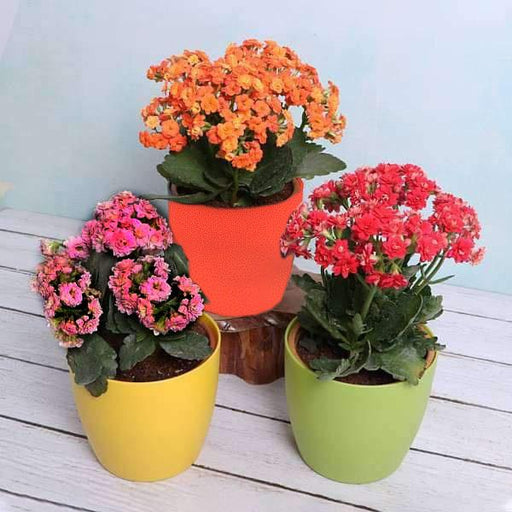
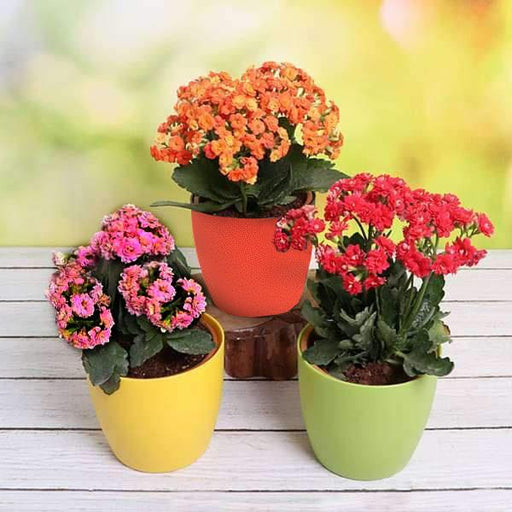 Save 10%
Save 10%
DescriptionThe Kalanchoes are thick leaved elegant flowering succulent houseplants. Make your home garden more vibrant and full of colors by bringi...
View full details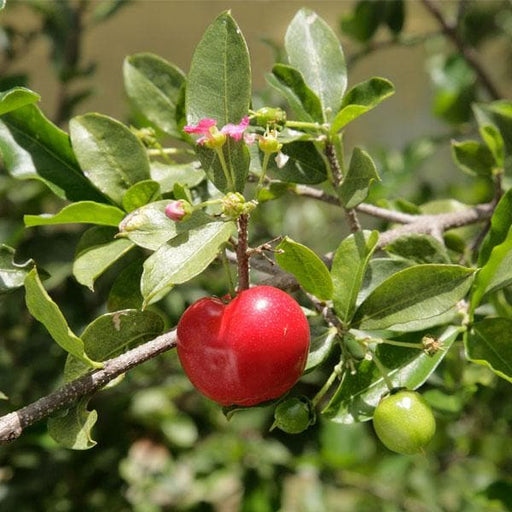 Save 15%
Save 15%
DescriptionGrowing Barbados Cherry is an easy way to add a tropical flair to your garden. When you know its important and how to care for Barbados ...
View full details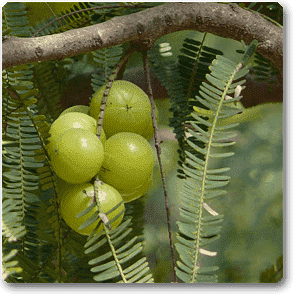 Save 17%
Save 17%
DescriptionImprove immunity of your all family member by growing a nutritious and vitamin rich an amazing Amla plant. Amla is a small to the medium...
View full details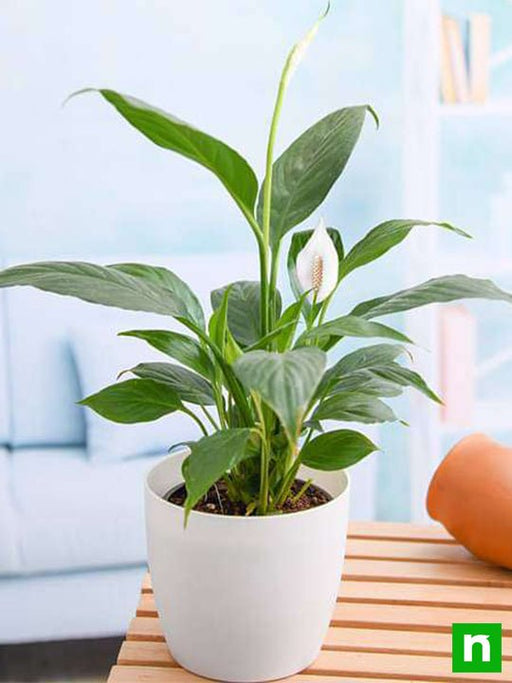
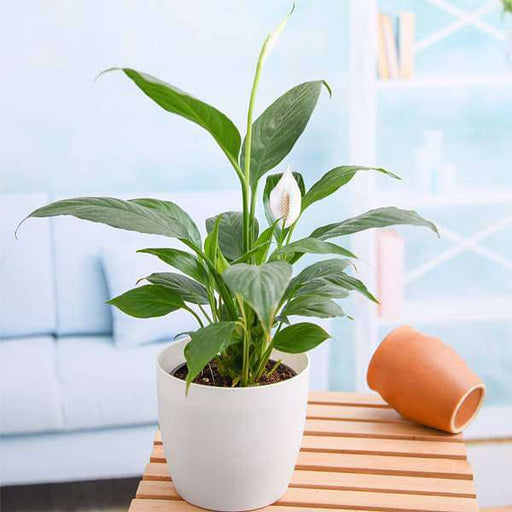 Save up to 15%
Save up to 15%
DescriptionPeace Lily Plant is a very popular and very rare indoor flowering houseplant. It is also an excellent air purifier plant.What makes it s...
View full details
 Save 20%
Save 20%
DescriptionFlowers make intimate connections they increase our connectivity with family and friends. Mogra plant is famously known as Jasmine flowe...
View full details
 Save 14%
Save 14%
DescriptionHave you ever stumbled upon a tree that made you stop and stare?A tree that seemed to possess a beauty so rare that it made you question...
View full details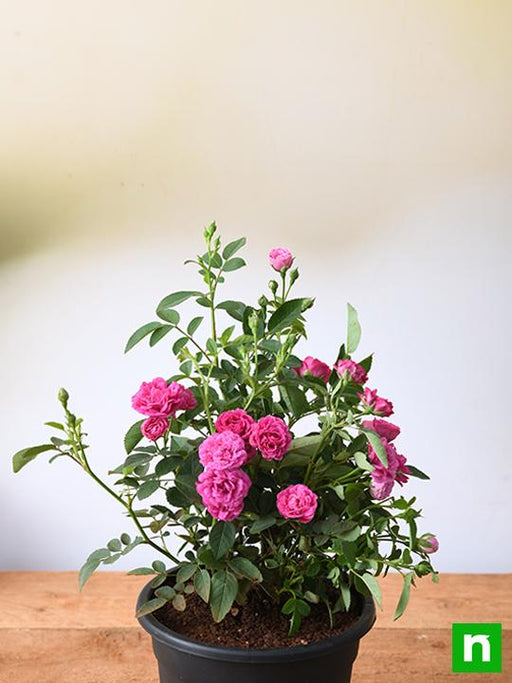
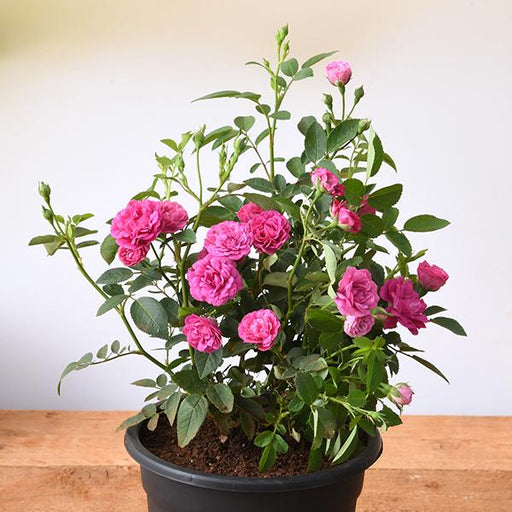 Save 14%
Save 14%
DescriptionButton Rose is a perennial flowering shrub plant. Roses are best ornamental plants.What makes it special: One of the best flowering plan...
View full details
 Save 10%
Save 10%
DescriptionThe Kalanchoes are thick leaved elegant flowering succulent houseplants. Make your home garden more vibrant and full of colors by bringi...
View full details Save 45%
Save 45%
Description Pack of 4 succulents that are very easy to care for. A perfect pack to start growing plants worry-free. About You get 4 succulent plant...
View full details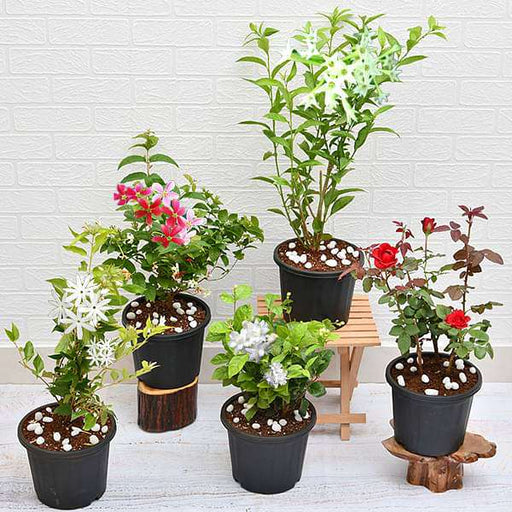 Save 12%
Save 12%
DescriptionAromatic plants bring into a room or house an often overlooked benefit. These plants have a pleasant scent.About You plant a hope when ...
View full details
 Save up to 50%
Save up to 50%
DescriptionIf you long for indoor greenery but have not succeeded with houseplants, consider these beautiful succulents. A perfect pack to start gr...
View full details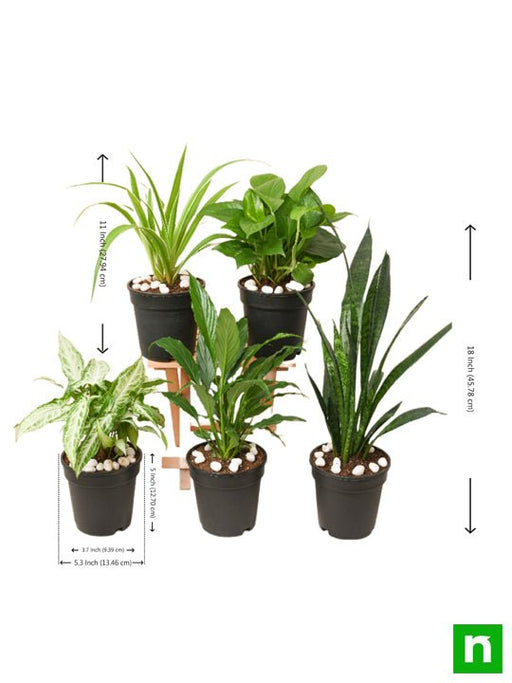
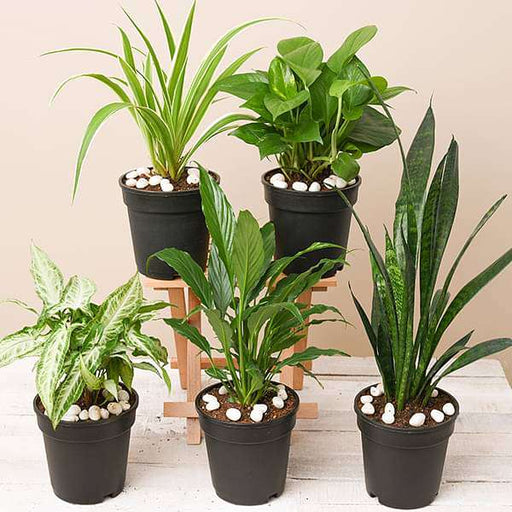 Save 21%
Save 21%
DescriptionThis plants pack contains amazing 5 houseplants + 5 Pots. Surround your home with these best pollution killer plants for a clean and hea...
View full details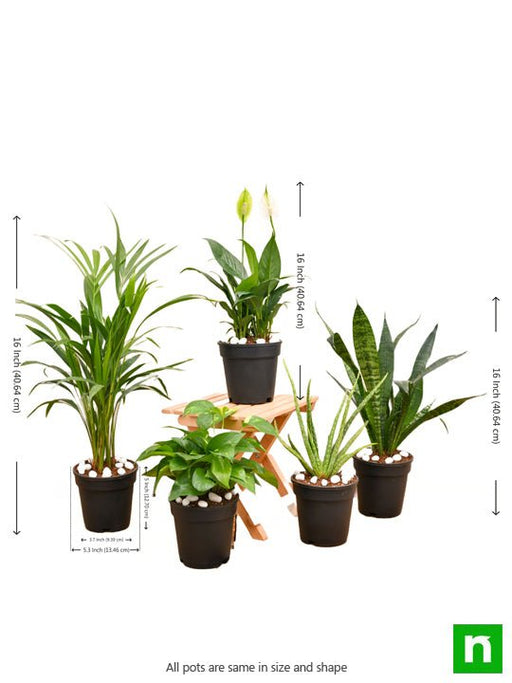
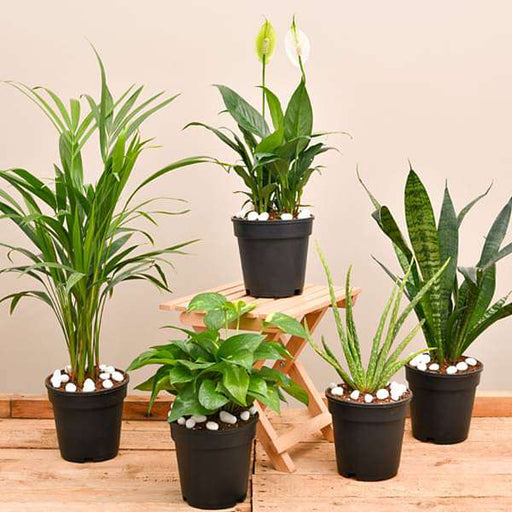 Save 20%
Save 20%
DescriptionIf you or anyone from your family wants to breathe fresh air, cleaner air in their homes, this 5 plants pack purify the air around and r...
View full details
 Save 40%
Save 40%
DescriptionSet of 2 Bonsai Looking Grafted Adenium PlantsAbout You get 2 Bonsai looking hardy grafted Adenium plants in a single pack.Plants are k...
View full detailsHaworthia, the charming "polka-dotted" succulent, is a breeze to grow and maintain. It resembles the well-known aloe vera plant, but it has a bit more individuality associated with it.
These plants are adorable miniature succulents that make excellent houseplants. Potted plants are frequently transferred outside for the summer months. In areas where frost does not occur, they are occasionally cultivated in the garden. These little, low-growing plants form rosettes of mushy green leaves with white pearly warts or bands that give them a characteristic appearance.
Haworthia, also known as zebra cactus, pearl plant, star window plant, or cushion aloe. They are distinguished by their pearly warts. Haworthia is primarily a South African native, reaching a height of 3 to 5 inches and growing slowly.
Haworthia is also safe for pets!
They don't require much attention or maintenance. If required, they can go for weeks without water. They also look beautiful in unique pots and soil mixtures. They can make wonderful easy-care gifts. You can give them as presents for a wide spectrum of people because of these advantages. They can be utilized in both a home and an office setting.
Haworthia be fine if they're kept in a room that's moderately warm. Keep them away from direct sunlight, and give them a drink every now and then. They'll thrive in an east or west-facing window. Where they'll get a few hours of direct sunlight each day and plenty of brilliant indirect light for the rest of the day.
There are many different types of Haworthia to choose from. In addition to being relatively easygoing houseplants. In our collection, you can find Haworthia plants with other plants presented as combos. You can also find them in cute ceramic, plastic and glass pots to match your taste and style.
All you have to pick your favorites. Quality is never compromised at Nurserylive.
Succulent sensations! Discover the diverse range of Haworthia species, each boasting unique shapes, colors, and textures that make them a standout addition to any plant collection.
Tender loving care! Uncover the secrets to keeping your Haworthia plants happy and healthy, from optimal lighting conditions to the perfect watering schedule.
Baby boom! Learn how to propagate your Haworthia plants with ease, filling your home or garden with adorable, pint-sized succulent offspring.
Potted perfection! Explore the world of container gardening with Haworthia plants, finding the ideal pots, soil mixes, and arrangements for your succulent stars.
Interior allure! Transform your living space with the addition of Haworthia plants, bringing a touch of nature's beauty and resilience into your home.
Harmonious horticulture! Harness the power of Haworthia plants to promote positive energy and balance within your home, according to the principles of Feng Shui.
Garden gems! Incorporate Haworthia plants into your outdoor garden, creating striking focal points and adding texture and interest to your landscape.
Floral fireworks! Witness the captivating beauty of Haworthia flowers, as these unassuming succulents put on a spectacular show with their delicate, tubular blooms.
Greenhorn's delight! Start your Haworthia collection with confidence, choosing from the most resilient and low-maintenance varieties perfect for beginners.
Quenching thirst! Master the art of watering your Haworthia plants, striking the perfect balance between hydration and drought to keep your succulents thriving.
Sunlit success! Unravel the mysteries of Haworthia light preferences, ensuring your plants receive the ideal amount of sunlight to grow and prosper.
Foundation for growth! Create the perfect soil mix for your Haworthia plants, providing the ideal combination of drainage, aeration, and nutrients for optimal growth.
Troubleshooting tips! Protect your Haworthia plants from common pests and diseases, employing effective prevention and treatment strategies to keep your succulents healthy.
Friendly flora! Discover the best plant companions for your Haworthia collection, creating stunning arrangements that showcase each plant's unique beauty and character.
Ancestral roots! Delve into the fascinating history and origins of Haworthia plants, learning about their native habitats and the journey that brought them into our homes and gardens.
Treasure trove! Embrace the joy of collecting Haworthia plants, seeking out rare and unusual varieties to expand your succulent showcase.
Succulent surprises! Choose the perfect Haworthia plant as a thoughtful and long-lasting gift, delighting friends and family with a touch of living, growing beauty.
Miniature worlds! Design enchanting terrariums featuring Haworthia plants, creating miniature landscapes that capture the imagination and brighten up any space.
Stylish succulents! Incorporate Haworthia plants into your interior design scheme, adding a touch of natural elegance and visual interest to your home decor.
Haworthia plants are succulent plants that belong to the Asphodelaceae family. They are native to Southern Africa and are known for their fleshy, textured leaves that come in various shapes, colors, and patterns.
Haworthia plants require well-draining soil, bright but indirect light, and infrequent watering. They are best grown in terracotta pots or containers with drainage holes. Avoid overwatering as it can lead to root rot.
Yes, Haworthia plants can be grown indoors as they prefer bright but indirect light. However, make sure to provide them with proper drainage and air circulation.
Haworthia plants should be watered only when the soil is completely dry, usually every two to three weeks.
Haworthia plants do not require frequent fertilization. You can use a balanced fertilizer once every six months during the growing season.
Yes, Haworthia plants can be propagated through offsets or leaf cuttings. Allow the cuttings to dry for a few days before planting them in well-draining soil.
Haworthia plants prefer temperatures between 60-80°F (15-27°C) and can tolerate slightly cooler temperatures in the winter.
Haworthia plants can be grown outdoors in warmer regions with well-draining soil and bright, indirect light. However, they should be protected from direct sunlight and extreme temperatures.
Haworthia plants can bloom once a year during the summer months. Their flowers are small and white.
Haworthia plants do not require regular pruning. However, you can remove any dead or damaged leaves with clean, sharp scissors.
Yes, Haworthia plants can be grown in terrariums as long as they are provided with proper drainage and air circulation.
Haworthia plants are non-toxic to pets and are safe to have around cats and dogs.
Haworthia plants can be grown with other succulents as long as they have similar growing requirements and are not overcrowded.
Haworthia plants can live for several years with proper care and maintenance.
Some popular varieties of Haworthia plants include Haworthia fasciata, Haworthia cooperi, Haworthia retusa, and Haworthia attenuata.
Yes, Haworthia plants can be grown from seeds. However, it may take several years for the plants to reach maturity.
To prevent pests and diseases in Haworthia plants, make sure to avoid overwatering, provide proper drainage, and maintain good air circulation. You can also use insecticidal soap or neem oil to treat any infestations.